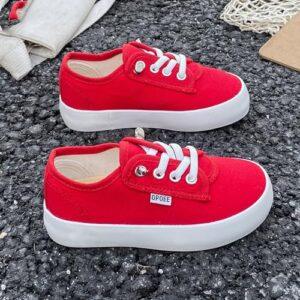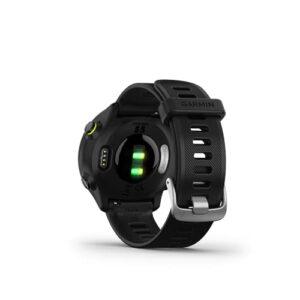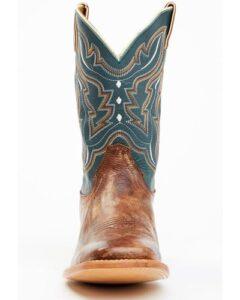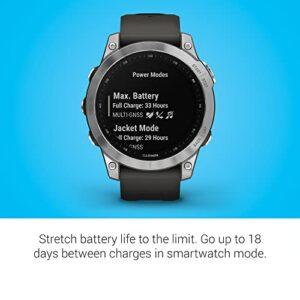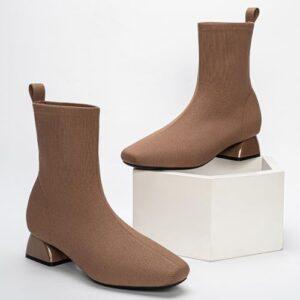Have you ever wondered if your favorite Birkenstock sandals can handle a splash or two? Maybe you’ve caught yourself hesitating before stepping into a puddle or heading to the beach, worried about damaging them.
You’re not alone. Understanding how water affects your Birkenstocks can save you from costly mistakes and keep your sandals looking great longer. Keep reading to discover the truth about getting your Birkenstocks wet—and what you should do to protect your investment.

Credit: www.reddit.com
Birkenstock Materials And Water
The cork footbedin Birkenstocks absorbs water easily. This can cause it to break downor lose shapeover time. Drying them too fast can make the cork crack. It’s best to keep the footbed dryor only slightly damp.
The leather strapsdo not like too much water. Water can make leather stiffand crack. Wet leather may also fadeor lose color. Let straps dry naturally, away from strong heat.
EVA solesare very water resistant. These soles can get wet without damage. They also dry quickly and keep good grip on wet surfaces. EVA soles make Birkenstocks a bit better for wet use than other sandals.
Effects Of Water On Birkenstocks
Birkenstock sandalsare not designed for heavy water exposure. Getting them wet often can damage the cork footbed. The cork may swell, crack, or lose shape. This reduces comfort and support. The leather straps can also dry out or crackafter water contact. Repeated wettingweakens the materials and shortens sandal life.
Long-term wear with wet Birkenstocks can cause bad odorsand mold growth. The footbed absorbs sweat and water, making it a breeding ground for bacteria. This affects foot health and sandal hygiene.
Many think Birkenstocks are waterproof. They are not. They are water-resistant to some extent, but not suitable for swimming or heavy rain. Light splashes are okay, but soaking should be avoided.
Safe Cleaning Methods
Birkenstock sandals can get wet but need careful cleaning. Use a soft brush or cloth to remove dirt gently. Avoid strong soaps or chemicals that can damage the cork and leather.
Clean with lukewarm water only. Never soak the sandals in water. This keeps the materials safe and long-lasting.
Dry sandals naturally at room temperature. Keep them away from direct heat like radiators or sunlight. Let the cork dry slowly to avoid cracks.
If sandals get very wet, stuff them with newspaper. This helps absorb moisture and keeps shape. Change the paper until dry.
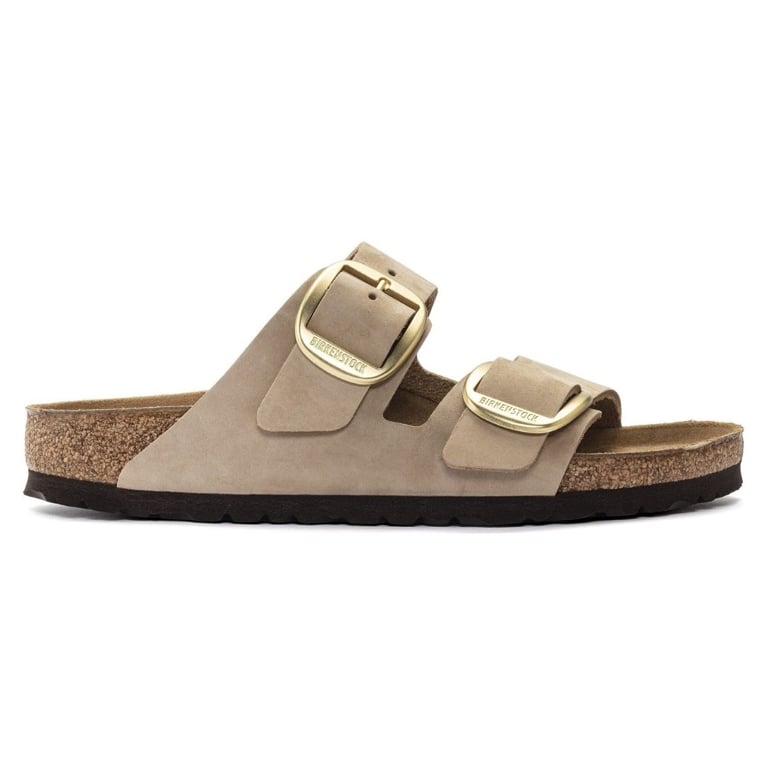
Credit: chatelaine.com
Waterproofing Tips
Protective sprayscreate a shield on Birkenstock sandals. Spray evenly on clean, dry sandals. Let them dry for several hours. This helps repel water and stains. Reapply every few weeks for best results.
DIY waterproof solutionsinclude mixing equal parts water and vinegar. Use a cloth to wipe sandals gently. Avoid soaking sandals completely. This method adds a mild layer of protection.
Check sandals after rain or water exposure. Reapply protectionas needed to keep sandals safe. Regular care extends their life and comfort. Remember, no method makes sandals fully waterproof.
Caring For Wet Birkenstocks
Dry wet Birkenstocks quickly but gently. Use a soft cloth to remove water. Avoid direct heat like hair dryers or heaters. Let them air dry in a cool, shaded place. This helps keep the cork and leather safe.
To stop bad smells and mold, clean sandals often. Use mild soap and warm water to wipe footbeds. Make sure sandals dry completely before wearing again. This keeps them fresh and healthy.
| Storage Tips |
|---|
| Store Birkenstocks in a dry, cool place. |
| Avoid damp or humid areas to prevent mold growth. |
| Keep sandals out of direct sunlight to protect materials. |
| Use a shoe rack or box for proper air circulation. |
Best Practices For Everyday Use
Avoiding water damageis key to keeping Birkenstock sandals in good shape. These sandals have cork soles that can swell and crack if soaked too long. It is best to keep them dry as much as possible. If sandals do get wet, dry them slowly at room temperature. Do not use direct heat like a hairdryer or heater.
Seasonal care tipshelp protect your sandals during colder months. Store them in a cool, dry place away from sunlight. Use a cork sealant to keep the footbed strong and prevent cracks. Regular cleaning with a damp cloth removes dirt without harming materials.
Extending sandal lifespaninvolves simple daily habits. Avoid wearing them in water or on rough, wet surfaces. Rotate sandals with other shoes to reduce wear. Check straps and buckles often to fix loose parts early. Taking care of your Birkenstocks means they can last for many seasons.

Credit: www.shoegr.com
Frequently Asked Questions
Can Birkenstock Sandals Get Wet Without Damage?
Birkenstock sandals can get wet occasionally, but frequent exposure to water may damage the cork and leather. It’s best to avoid prolonged soaking to maintain their durability and comfort.
How To Dry Wet Birkenstock Sandals Properly?
Dry wet Birkenstocks naturally at room temperature. Avoid direct sunlight or heat sources, as they can cause cracking or warping of the materials.
Are Birkenstock Eva Sandals Waterproof?
Yes, Birkenstock EVA sandals are waterproof and ideal for water activities. They dry quickly and resist water damage, unlike leather or cork models.
What Happens If Birkenstock Cork Gets Wet Too Often?
Frequent wetting of cork can cause it to swell, crack, or deteriorate. Proper care and occasional sealing help preserve cork footbeds.
Conclusion
Birkenstock sandals can handle some water but not too much. Wetting them often may damage the cork and leather. Dry them well after any contact with water. Wearing them in heavy rain or swimming is not a good idea. Taking simple care helps your sandals last longer.
Enjoy your Birkenstocks, but keep them mostly dry. This way, they stay comfortable and strong for many uses.

Madison Clark is a footwear expert and the voice behind MyStyleGrid.com. She specializes in honest shoe reviews, style tips, and practical guides to help readers find the perfect pair for any occasion. With years of experience in blogging and content creation, Madison makes footwear knowledge simple, stylish, and easy to follow.



